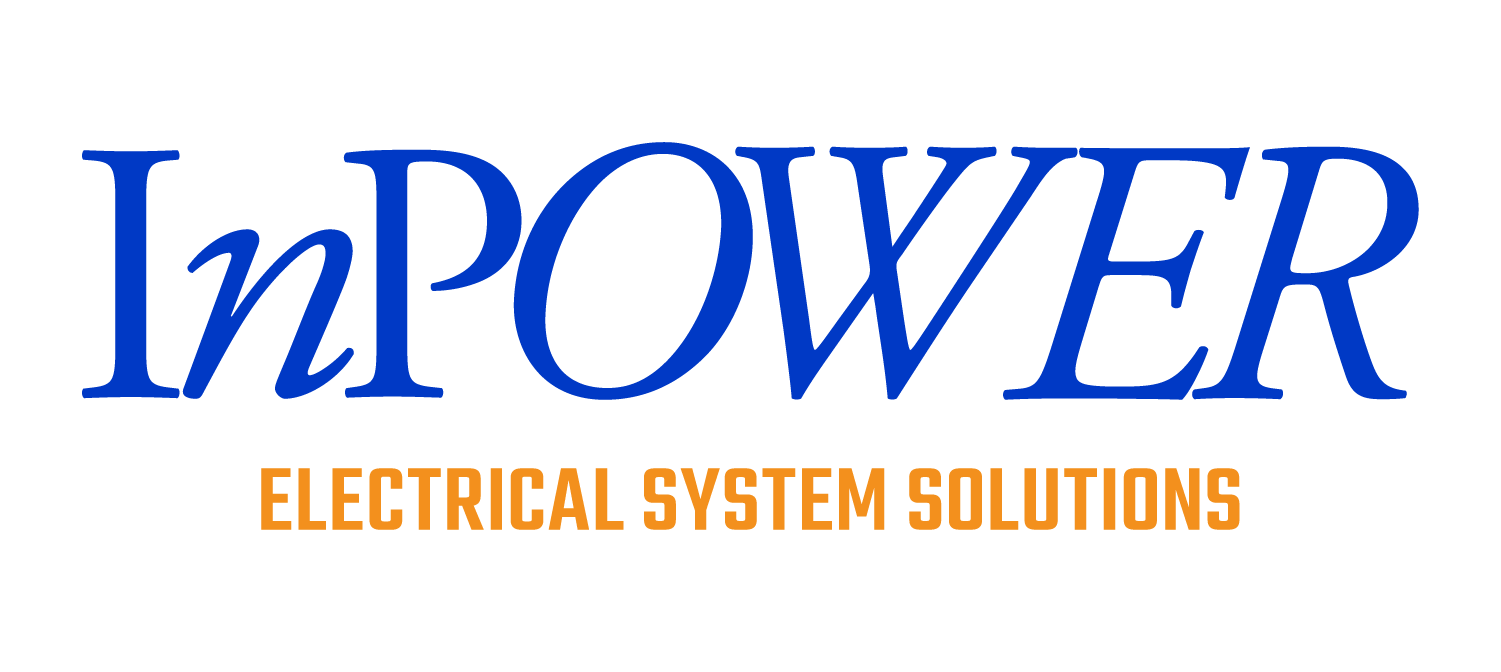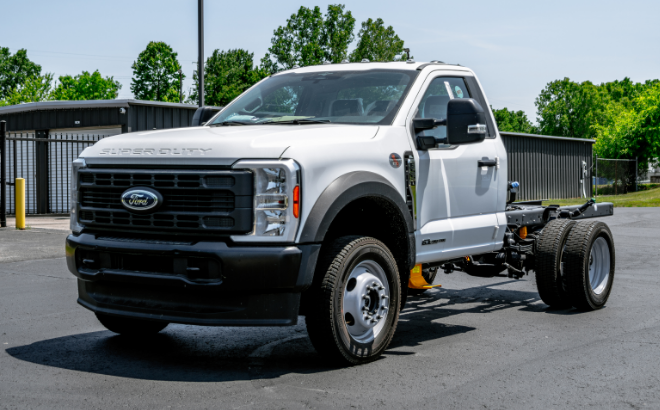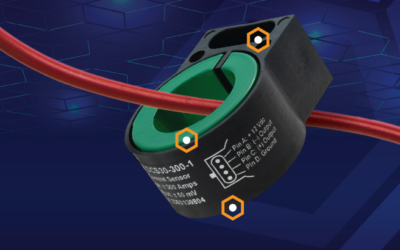“We just can’t keep doing things the old way anymore. We used to be able to tap into this wire here to get a signal.” This is a common complaint we hear from InPower customers all the time. “Why do the OEMs have to keep making things complicated?” Why indeed?
There are computers and sensors, data comms and trackers, and fly-by-wire controls all over vehicles these days. The LED lights have sophisticated outage monitoring and Pulse-Wide-Modulation (PWM) power feeds that fail—or at least throw error codes—if spliced and tapped. There are no more ratcheting pedals or grab handles to pull for parking brakes—they are all electronic and push-button. Door locks and switches are tied into security systems, including the OEM GPS and alarm systems. Everything is tied into some monitor, control, node, or lockout, and trying to touch any of them directly will trigger that monitor and throw error codes.
Put simply, the OEM chassis has called ‘Dibs!’ on the same signals everyone else needs and has encoded those signals in ways you can’t tap into.
Until recently, you could access these signals by plugging a dongle into the OBD-II port under the dash and reading the signal messages ‘in the clear.’ Because that data was ‘in the clear,’ many manufacturers put out OBD-II dongles that caused more problems than they solved. Many are the stories of trucks “bricked” by dodgy dongles. And then there’s remote vehicle hacking…
The OEMs have responded to this abuse by moving most data off the OBD-II port and encrypting it behind security gateways. Sometimes they might allow some data through upfitter ports and switches, but often you have to take your vehicle to a dealer and pay a fee.
InPower makes accessing data easy again.
From the beginning, InPower has made a point of ‘playing nice’ on the data bus of vehicles, and not interfering with OEM signals. We began with our high-idle throttle control modules and applied those same design fundamentals to our Start/Stop controls, and now our data bus decoders join the ranks. They plug and play with different Ford and GM chassis and can translate many data bus messages into easy-to-use output signals.
Parking Brakes: Many state and federal regulations require the parking brake to be set or have other safety conditions present to operate certain types of applications. Today’s electronic parking brakes do not have signals you can tap into. But an InPower decoder can give you that status in an easy-to-use +12V or ground output signal.
Key Fobs: Sometimes you might want to operate your electric compartment locks with the OEM key fob. An InPower decoder could give you a signal whenever a lock or unlock signal passes over the data bus.
Need access to a different signal? Contact us today to find out about other options and whether we can support your vehicle and application.
This used to be easy, and InPower can help make it easy again.




